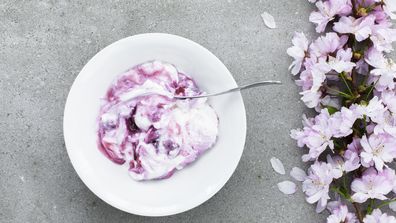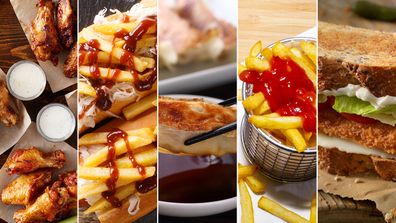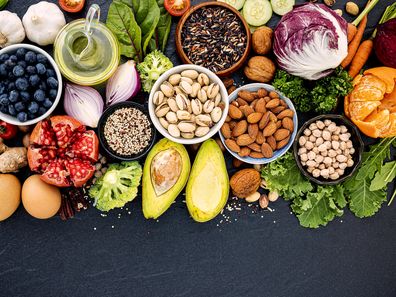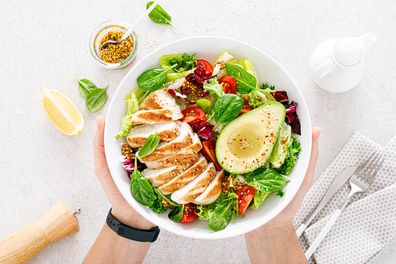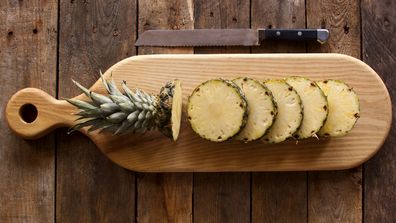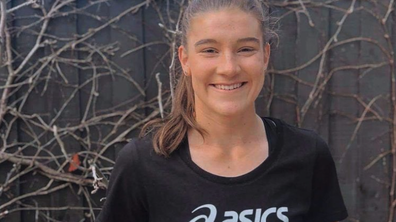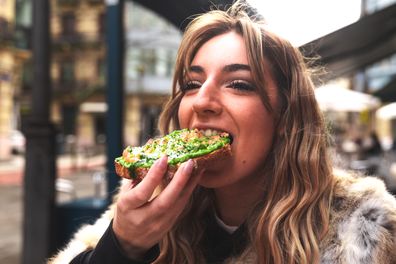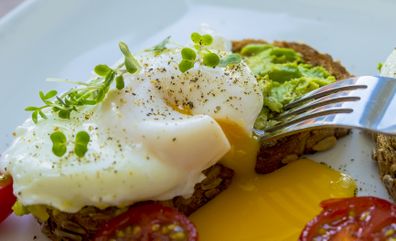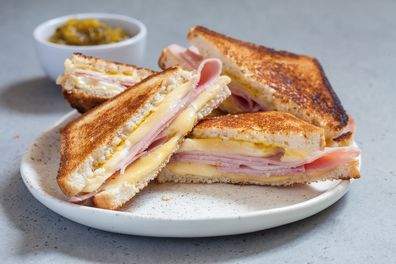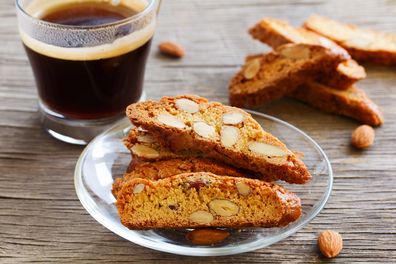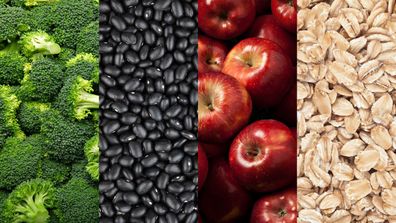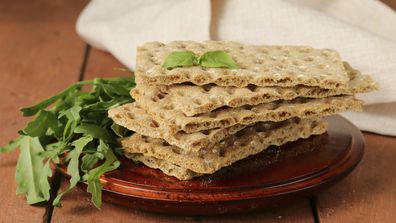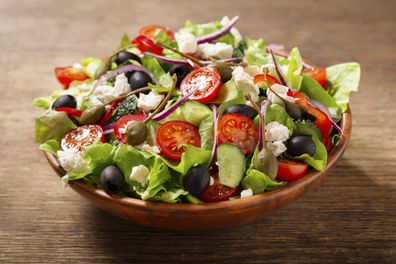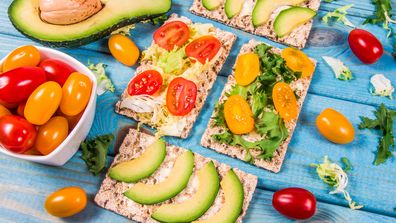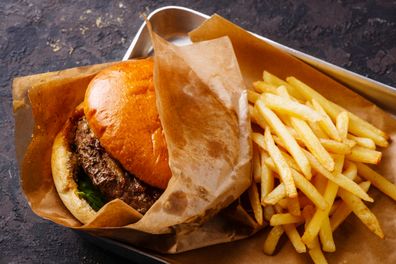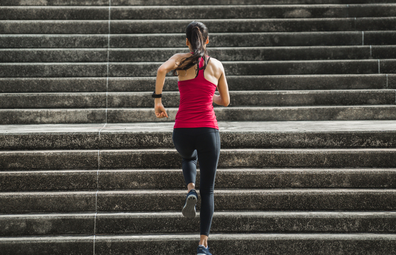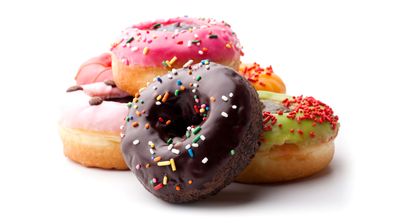Living a longer, healthier life can start with your diet. You could add up to 13 years to your life if you ate few red and processed meats and more fruits and vegetables, legumes, whole grains and nuts, a recent study revealed.
According to the study, the largest gains in longevity were found from eating more legumes, which include beans, peas and lentils; whole grains, which are the entire seed of a plant; and nuts such as walnuts, almonds, pecans and pistachios.
Plant-based diets are winning top nutritional honours.
READ MORE: Why the 10,000 steps a day challenge is a myth
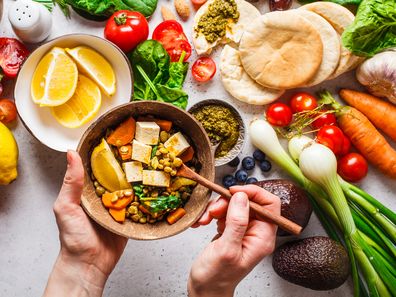
In fact, diet can be as much of a vital sign as blood pressure, temperature and pulse rate, said Dr David Katz, a specialist in preventive and lifestyle medicine and nutrition who has published research on how to use food as preventive medicine.
Ready to get healthier? Here are five expert-recommended ways to change your diet for the better.
1. Track your current eating habits
Many of us eat mindlessly, not really understanding all that we put into our mouths. That’s why becoming aware of your real eating habits is the first step, said registered dietitian nutritionist Kathleen Zelman.
“Write down everything you eat for a day and include details such as time, location and other factors that affect your dietary habits,” Zelman said.
“Then sit back, take a closer look, and make a plan on how you can do better.”
Don’t try to be perfect when you start to change your diet, she added. “Instead look for small steps that you can sustain. Then do it again next week.”
2. Plan for success
“We eat what surrounds us,” said Dr Tom Rifai, who teaches a continuing education class on nutrition and metabolic syndrome at Harvard Medical School.
He suggests shifting your food environment — including your home, your work and your car — by planning ahead.
Pack healthy lunches and snacks, and don’t forget travel.
READ MORE: What to eat to help you sleep better tonight
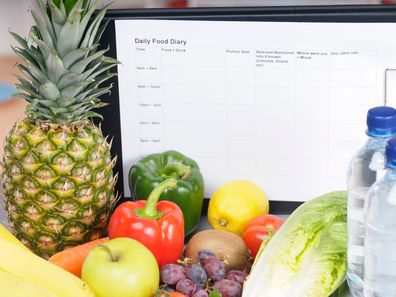
“Stop at a grocery store before you get to the hotel so you can stock your room like you would stock your home,” he said.
Stocking your pantry with healthy staples you can turn to on a busy night is another way to boost your successful transition to a healthier eating style.
3. Remove sugar from breakfast
Start your day with a healthier bang by removing sugar from breakfast, suggests Dina Aronson, lead dietitian with Diet ID, which focuses on dietary assessment and health behaviour change.
“There’s so many benefits to cutting sugar from the first meal of the day,” she said.
“Your blood sugar stays level; your energy and creativity stays high, and it sets the tone for the day.
“Rethinking breakfast is a powerful approach to habit change because it’s a meal most people have every day,” she said.
“If no sugar becomes a rule, people learn to love it, and that becomes habit.”
4. Make one meal meatless
The simplest way to start eating more plants is to replace one meat-based meal a day with a plant- or grain-based choice, experts say.
Start with lunch — adding lentils, whole grains or beans to a meatless salad helps raise those blood sugar levels slowly, which gives your brain the energy it needs to make it through the afternoon slump. It also reduces overeating at night, experts say.
READ MORE: A nutritionist explains what it really means to ‘eat mindfully’
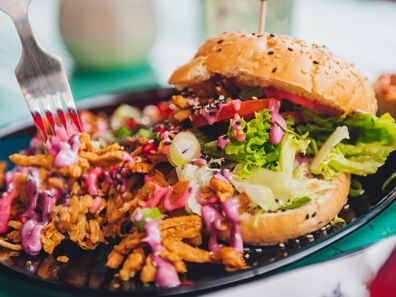
5. Eat what you love
We all know eating fruits and veggies are good for us, but they aren’t typically our favourite foods. Yet in order for this new habit to stick you need to get enjoyment out of eating delicious, healthy food, Aronson said.
“How can you enjoy healthy food so it’s never a punishment and always a reward? Figure out what it is you love,” Aronson said.
“Love barbecue? Roast some cauliflower with barbecue rub. Delicious.
“Work with an expert or think about ways to incorporate the flavours of food you love into your daily routine until it becomes habit to eat those foods,” she said.
Food is one part
But food alone will not guarantee a longer, healthier life. Daily exercise is key — and it doesn’t have to be at a gym.

Studies find simply moving as often as you can each day, such as taking walks in nature, can improve health and reduce stress.
Other factors that will affect your longevity include stress management, getting around eight hours of quality sleep, and having close, loving relationships.
By Sandee LaMotte, CNN
For a daily dose of 9Honey, subscribe to our newsletter here.
